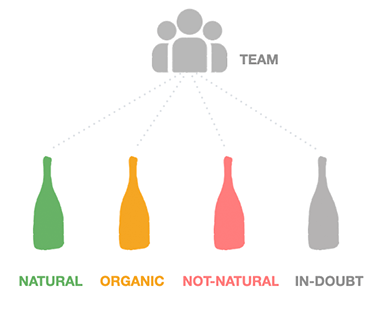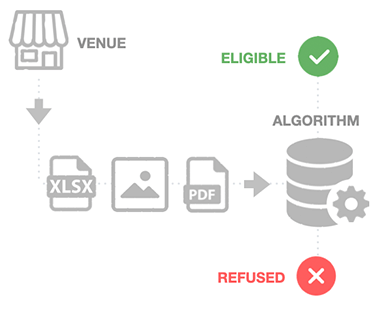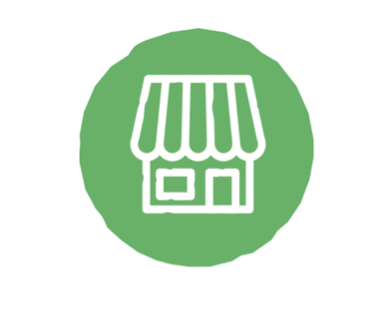April 04, 2024 - 0 comments

Is it a flaw, or a feature? Have you experienced that sharp tang in a wine that left your mouth and teeth tingling? Let’s delve into the culprit behind this wine flaw: Volatile Acidity (VA).
Volatile acidity (VA) is described as a wine fault caused by excessive levels of acetic acid and other volatile acids. While some volatile acidity can enhance a wine's flavor and isn’t a fault at all, an overabundance can lead to undesirable sensory characteristics, making it a concern for winemakers and drinkers alike.
The limits vary from country to country but in France for example 0.4 g/liter is considered a normal level, and the legal limit is 0.88 for white and rosé wines and 0.98 for red wines. If the wine goes past this level, it can be excluded from the appellations, and not able to be sold. Exceptions can be made but certain winemakers have been forced to send all their wine to a distillery if they have levels that are too high, or even recall the bottles that they have already sold to shops to be destroyed.
VA can stem from various sources. Spoilage microorganisms like Acetobacter and Lactobacillus thrive in wineries, converting alcohol into acetic acid, while oxidation processes can contribute when wine is exposed to oxygen. Even grapes affected by molds or rot can exacerbate volatile acidity in the resulting wine.
Detecting VA is straightforward through sensory evaluation. Wines with high VA levels often exhibit a pronounced vinegar-like aroma and a sharp, sour taste that overwhelms the natural fruit flavors.
To prevent VA, winemakers employ techniques like rigorous sanitation, careful handpicked grape selection, and controlling fermentation conditions. Methods like micro-oxygenation can also mitigate its effects.
Next time you enjoy a glass of wine, pay attention to its acidity levels. Understanding volatile acidity can deepen your appreciation for winemaking craftsmanship and help you decide if the fine balance is a flavor enhancement or a wine flaw. Cheers!













